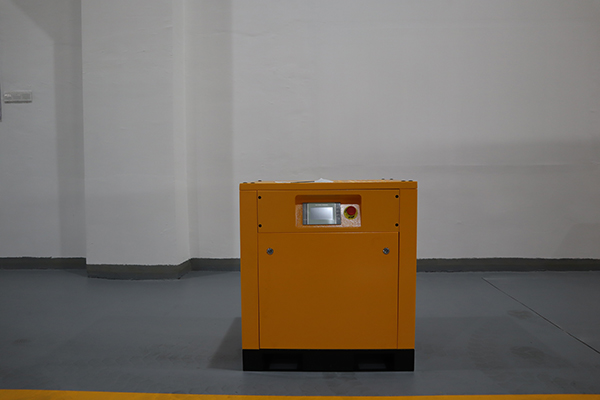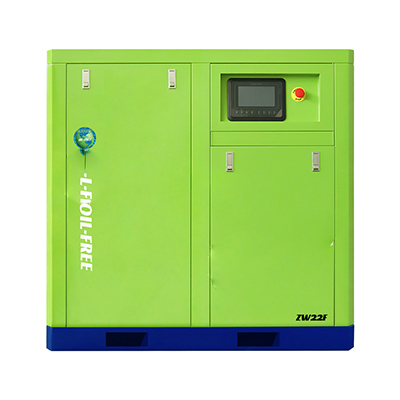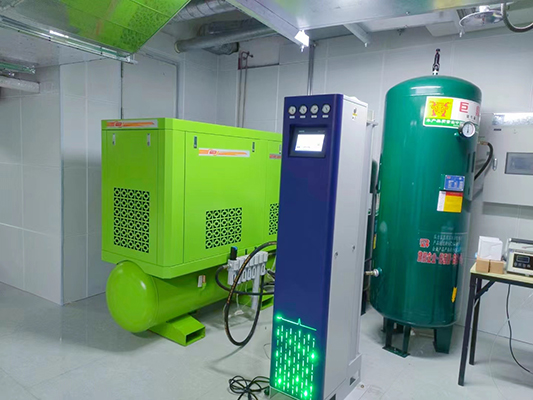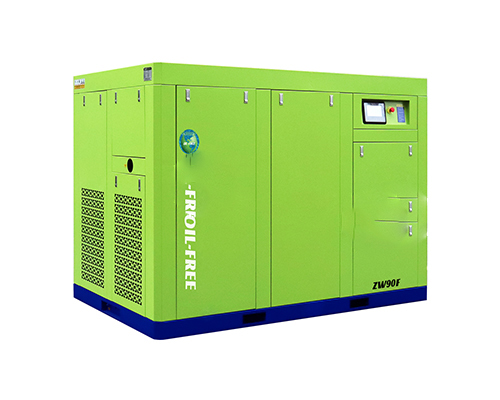normal pressure air compressor noise level comparison for indoor and outdoor working areas
News 2025-10-24
Normal pressure air compressors are integral to industrial operations, powering tools and processes with reliable compressed air. Noise levels from these machines vary based on environment, affecting worker health and efficiency. This comparison highlights how indoor and outdoor settings influence sound emissions, underscoring the need for noise management to ensure safety and regulatory compliance in manufacturing and construction.

Indoor Noise Characteristics
Indoor environments amplify compressor noise due to confined spaces and reflective surfaces, often reaching 70-90 decibels. This can lead to hearing loss and reduced focus among workers. Advanced models incorporate soundproofing and anti-vibration mounts, offering quieter operation that enhances productivity in factories and workshops, where space limitations demand compact, low-noise solutions.
Outdoor Noise Dynamics
In outdoor settings, noise dissipates more easily, but levels can still hit 75-95 decibels, impacting nearby communities. Factors like wind and terrain affect sound spread, making outdoor compressors suitable for sites with more open areas. Designs with robust enclosures and mufflers minimize disturbances, supporting applications in construction where mobility and environmental considerations are key to maintaining operational flow.
Comparative Analysis and Industrial Relevance
Comparing the two, indoor noise poses immediate health risks, necessitating stricter controls, while outdoor noise focuses on broader ecological effects. This difference guides equipment selection, prioritizing noise reduction for specific uses. In industrial contexts, lower noise levels improve worker well-being and meet standards, driving efficiency and innovation in air compression technology for diverse applications.


